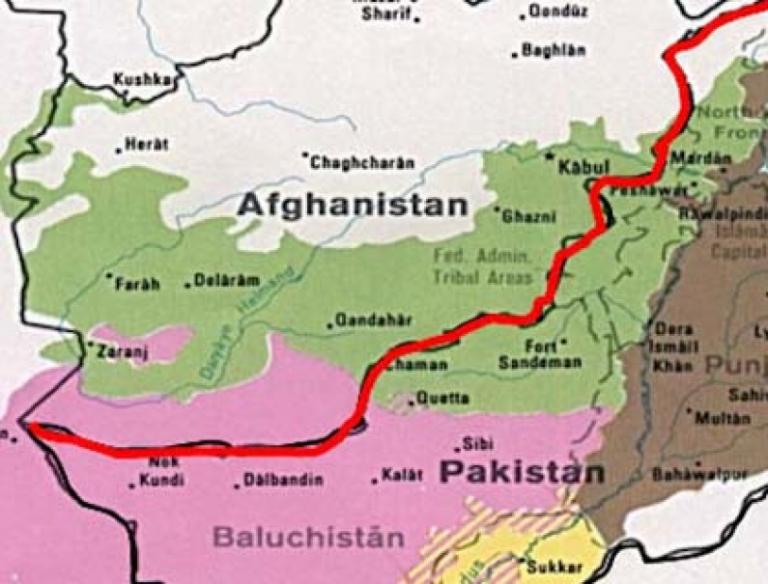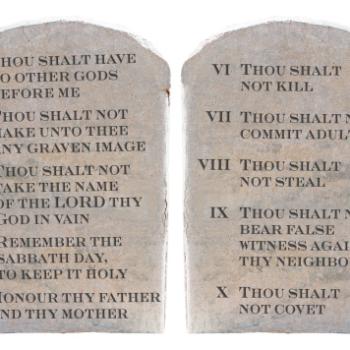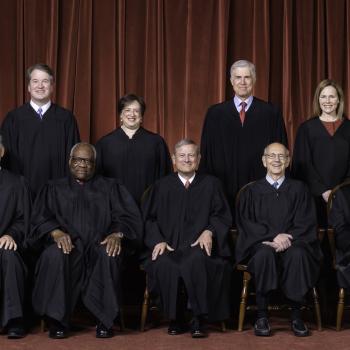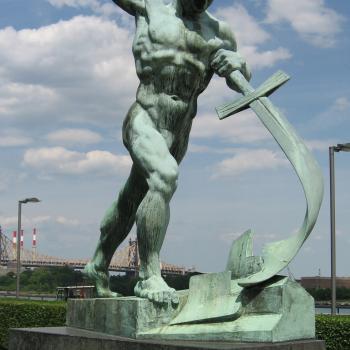[For an explanation of these 18 posts, see Part 1 published on 3/27/2019.]
Not long after the Islamic organization al-Qaida attacked the U.S.—on September 11, 2001—our military invaded Afghanistan and routed the Taliban. It was because this extremist, Islamic group had largely controlled Afghanistan and allowed al-Qaida to be headquartered there to train its militant insurgents.
Although the U.S. succeeded in ending the Taliban’s rule of Afghanistan, it did not then achieve its main purpose of capturing and/or killing al-Qaida leader Osama bin Laden. He and members of his al-Qaida organization were able to escape across the extremely mountainous and porous eastern border of Afghanistan into the mountainous region of northwestern Pakistan. Al-Qaida gained loyal supporters there from many of the region’s warlords. They controlled this remote territory that was immune from Pakistan’s military. The U.S. military then killed bin Laden in 2012.
General and President Musharref of Pakistan quickly became an ally of the U.S. soon after the 9/11 attack on the U.S. He was determined to assist the U.S. in its War on Terrorism. But the Pakistani armed forces failed to control western Pakistan by subduing its war lords. And they were unable to prevent al-Qaida and Taliban insurgents in this rugged, frontier region from crossing the Pakistan-Afghanistan border to launch guerrilla attacks and return. Consequently, President Musharref was under constant pressure from the U.S. government to try to stop these Taliban and al-Qaida insurgency operations by sealing Pakistan’s border with Afghanistan.
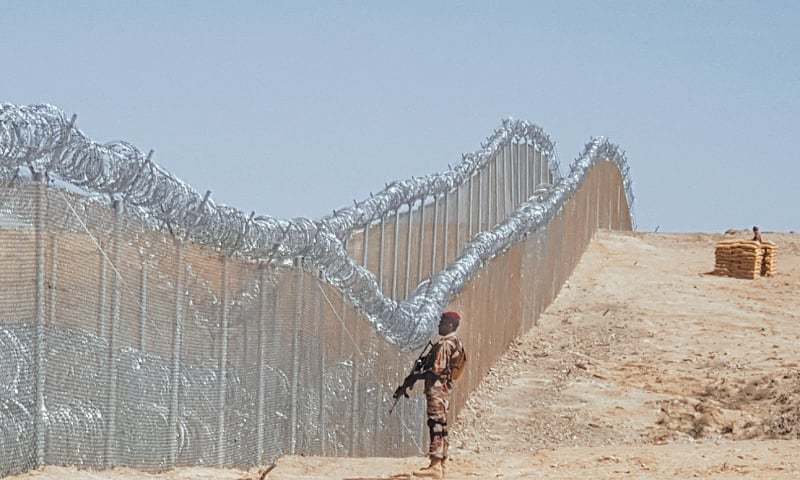 So, in late December, 2006, the government of Pakistan announced that it would plant land mines and build a fence along much of its 1,510-mile border with Afghanistan in order to seal it to keep out mostly drug smugglers and terrorists. The Pakistanis also said it would add reinforcements to its 80,000 troops already stationed in the area. But in 2013, Pakistan altered its plans and began constructing a 683-mile trench along this border. It was completed in mid-2016.
So, in late December, 2006, the government of Pakistan announced that it would plant land mines and build a fence along much of its 1,510-mile border with Afghanistan in order to seal it to keep out mostly drug smugglers and terrorists. The Pakistanis also said it would add reinforcements to its 80,000 troops already stationed in the area. But in 2013, Pakistan altered its plans and began constructing a 683-mile trench along this border. It was completed in mid-2016.
The U.S. is still in a war of attrition in Afghanistan against the Islamic Taliban that began in 2001. Yet the U.S. presence in Kabul, the capital, remained exposed to suicide bombings. So, in late 2017, the U.S. decided to enclose its military headquarters and all Western embassies in an expanded, walled, secure, Green Zone. It is like its well-fortified and successful counterpart in Bagdad, Iraq.


